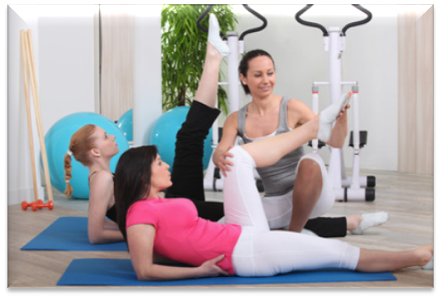The role of the physical therapist is extremely important in managing patients with hamstring injuries. Prior to treatment, the therapist will obtain a detailed history and perform a clinical examination to ascertain the degree of injury and the muscle groups involved. This will help create a foundation for a safe and effective treatment program.
If the injury was sustained recently, the therapist will recommend rest, since the primary goal is to avoid an increase in pain and excessive strain on sensitive muscles and ligaments. You may be asked to avoid exercise and in some cases, avoid walking. You may be asked to use crutches for support.
In an effort to deal with the pain associated with such injuries, the therapist may recommend an ice pack and a compression bandage to reduce swelling.
 Physical therapists will prescribe and supervise a structured exercise program once the acute injury phase (and the associated pain and swelling) has subsided. These can include –
Physical therapists will prescribe and supervise a structured exercise program once the acute injury phase (and the associated pain and swelling) has subsided. These can include –
1. Muscle strength exercises - including static and dynamic strength exercises to help regain strength as quickly as possible.
2. Range of motion - including active and passive range of motion exercises that can be partial, or complete range of motion. This helps maintain mobility and minimize muscle tightness.
3. Provision of support devices - The use of assistive devices like crutches, walkers or canes to walk short distances is helpful for patients during the recovery phase. The physical therapist will help analyze the need for such a device, identify the right device (if needed) and assist in acquiring such a device.